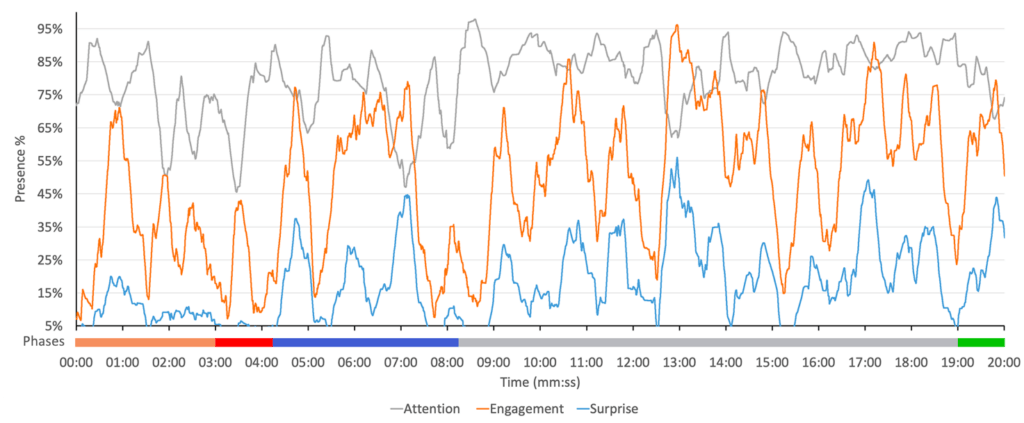Publication of our research on emotion analysis using AI in education.
Mar 27th 2022

The latest results (available on open access) of our research on the relationship between emotions and learning carried by the NCS research group has been published. In Integrating Artificial Intelligence into Research on Emotions and Behaviors in Science Education, published on the international journal EURASIA: Journal of Mathematics, Science and Technology Education a novel procedure for integrating artificial intelligence (AI) in research on emotions and education is described. In the research, emotions and behaviors during an inquiry-based scientific activity were recorded through a facial analysis AI.

Research flowchart to integrate AI into research on emotions and behaviors in Science Education.
AI and emotions
Based on these data, a method is developed to analyze the dynamics of affective variables (emotional domain) during an inquiry-based didactic activity, using an artificial intelligence (AI) system to recognize facial expressions. These facial expressions are associated with different states and emotions. The analysis of the global average of emotions and behavior indicated three more present parameters, which were Attention, Engagement and the Surprise.

Presence of emotions during an inquiry-based didactic activity (X-axis, in minutes). The Y axis represents the percentage of presence of the emotion with respect to the total intensity of all the emotions. The amplitudes of the emotions of attention (grey), engagement (orange) and surprise (blue) are shown in different colors, using a moving average. The colored bands below the X axis represent the emotional phases described below.
Learning and emotions
These results suggest that students, on average, show a very high and engaged state of attention. Surprisingly, a state of surprise was also found. Our analysis suggests the existence —in the inquiry-based process— of phases with specific dynamic profiles. Specifically, we identify four phases:
- Accommodation to the problem
- Exploration of problem-solving strategies
- Implementation of problem-solving strategies
- Conclusion & communication.
We also observed that the transition between phases was potentially triggered by external stimuli. These stimuli comprise events such as physical or observable changes in the inquiry-based experiment. Actions performed by the student (such as taking a test) or emotional state are also included. This study lays the groundwork for for researchers and teachers to develop tools to analyse emotions and behaviours in education.
More information
Paper available (PDF) on our publications section | Open Access on EURASIA Journal of Mathematics, Science and Technology Education
To cite this paper (APA)
Ezquerra, A., Agen, F., Rodríguez-Arteche, I., & Ezquerra-Romano, I. (2022). Integrating Artificial Intelligence into Research on Emotions and Behaviors in Science Education. Eurasia Journal of Mathematics, Science and Technology Education, 18(4), em2099. https://doi.org/10.29333/ejmste/11927
Contact us
without obligation
We solve your doubts and give advice taking into account all your needs.

